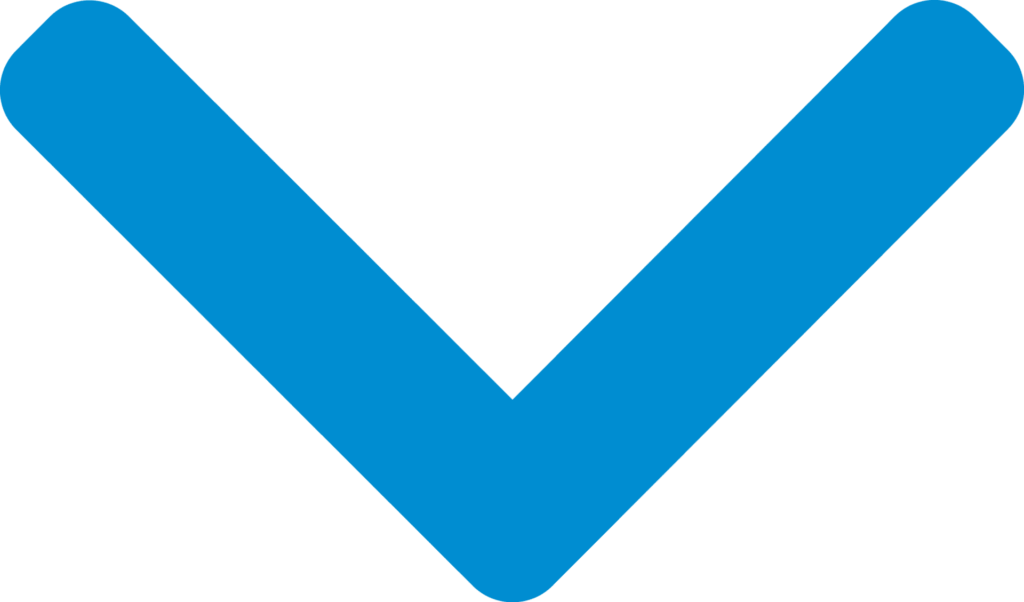Our process
According to the definition in the Regulation of the Minister of Health of 9 November 2015 on the requirements of Good Manufacturing Practice, validation is a documented program that gives a high degree of assurance that a specific process, method or system will repeatedly lead to the results which meet the specified acceptance criteria.
The chart below illustrates the model approach to process / system validation.
The different stages of validation and qualification are selected to suit the project at hand, and agreed on with the customer.
See a short description of each of the stages we handle by clicking on each square.


mobile









Description of validation / qualification process
With regard to each qualification and validation project, we design:
a Traceability Matrix, which shows the link between the user’s requirements, the technical documentation and the tests performed;
a Validation Register, which contains a list of documents (technical documents, validation documents, procedures, manuals, training materials, etc.) created during the validation process.
The chart does not contain information about the technical documents to be created by the client or supplied by the vendors. These include, among others:
User Requirement Specification
Functional and technical specification (applicable to IT)
Operating and maintenance manuals, technical drawings, electrical diagrams, pneumatic diagrams, P&IDs, etc. (concerning equipment and installations)
Technology instructions, cleaning procedures, etc. (concerning process validation)
Validated state maintenance procedure (change control, document management, inspection schedules, APRs, etc.)
We perform all our projects on the basisof the following laws and regulations:
- 21 CFR Part 210 – Current Good Manufacturing Practice in Manufacturing Processing, Packing, or Holding of Drugs; General (Pharmacy)
- 21 CFR Part 211 – Current Good Manufacturing Practice for Finished Pharmaceuticals (Pharmacy)
- 21 CFR Part 820 – Quality System Regulations (Medical Device)
- 21 CFR Part 11 – Electronic Records, Electronic Signatures ( Pharmacy and Medical Device)
- EudraLex – Volume 4 Good manufacturing practice (GMP) Guidelines
- European Commission Council Directive 93/42/EEC
- ISO 13485 – Medical Devices
- ISO14644-1 Cleanroom Standards
- Regulation of the Minister of Health of 9 November 2015 on the Requirements of Good Manufacturing Practice, as amended
- Quality Management Systems – Process Validation Guidance (GHTF/IMDRF)
- ICH Guideline: VALIDATION OF ANALYTICAL PROCEDURES: TEXT AND METHODOLOGY Q2 (R1)
- ICH Guideline: GOOD MANUFACTURING PRACTICE GUIDE FOR ACTIVE PHARMACEUTICAL INGREDIENTS Q7
- ICH Guideline: PHARMACEUTICAL QUALITY SYSTEM Q10
- PIC/S GMP GUIDE
- PIC/S GMP GUIDE (PART I: BASIC REQUIREMENTS FOR MEDICINAL PRODUCTS)
- PIC/S GMP GUIDE (PART II: BASIC REQUIREMENTS FOR ACTIVE PHARMACEUTICAL INGREDIENTS)
- PIC/S GMP GUIDE (ANNEXES)
- ISPE Good Practice Guide: GAMP® 5: A Risk-Based Approach to Compliant GxP Computerized Systems
- ISPE Good Practice Guide: A Risk-Based Approach to Electronic Records and Signatures
- ISPE Good Practice Guide: A Risk-Based Approach to GxP Compliant Laboratory Computerized Systems (Second Edition)
- ISPE Good Practice Guide: A Risk-Based Approach to GxP Process Control Systems (Second Edition)
- ISPE Good Practice Guide: A Risk-Based Approach to Testing of GxP Systems (Second Edition)
- ISPE Good Practice Guide: IT Infrastructure Control and Compliance
- ISPE Good Practice Guide: Global Information Systems Control and Compliance
- ISPE Good Practice Guide: Good Engineering Practice
- ISPE Good Practice Guide: Applied Risk Management for Commissioning and Qualification
- ISPE Baseline Guide Volume 5: Commissioning and Qualification
- ISPE Good Practice Guide: Heating, Ventilation, and Air Conditioning (HVAC)
- ISPE Good Practice Guide: Packaging, Labelling, and Warehousing Facilities (PACLAW)
- ISPE Good Practice Guide: Process Gases
- ISPE Baseline® Guide: Volume 4 – Water and Steam Systems (Second Edition)
- ISPE Good Practice Guide: Approaches to Commissioning and Qualification of Pharmaceutical Water and Steam Systems (Second Edition)






